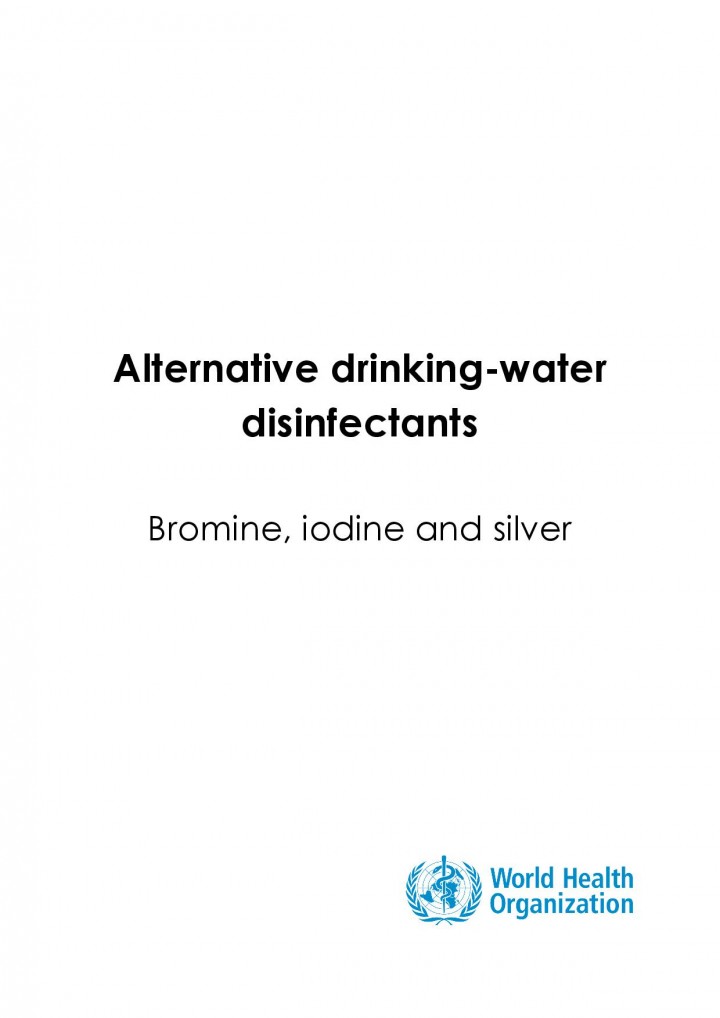
Published in: 2018
Pages: 194
Publisher:
World Health Organization, Geneva, Switzerland
Author:
WHO
Uploaded by:
Lara Nassar
1076 Views
12 Downloads
Disinfection of water has greatly contributed to reducing risks to public health from microbiologically contaminated drinking water.
Numerous disinfection techniques have been developed over the centuries that are used in a wide range of applications, ranging from large and small public drinking-water plants to point-of-entry and point-of-use (POU) treatment devices.1 Although chlorine has been used for more than 100 years, and several other disinfectants have been studied extensively, in many cases questions remain with respect to the optimization of biocidal effectiveness under a range of conditions (i.e. efficacy), the chemistry of the formation and toxicological significance of disinfection by-products (DBPs), interactions with other water components, and the biocidal effectiveness and toxicology of disinfectant residuals. Chemical disinfectants can react with natural organic matter or break down to produce unwanted by-products. Many newer products and applications are being developed and marketed for use, particularly in developing countries, however, the same unanswered questions exist about these, including their efficacy and potential for DBP formation.
Bibliographic information
WHO (2018). Alternative drinking-water disinfectants - Bromine, iodine and silver. World Health Organization, Geneva, Switzerland
Filter tags
Educators English Guidelines and manuals Practitioners














